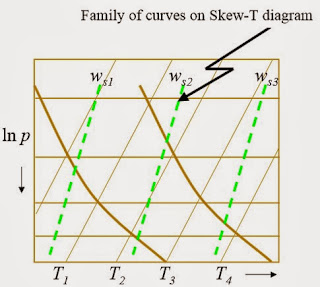5:43 pm
.jpg) |
| This picture was taken at Joint Base Lewis-McChord last November by YouNews contributer Jilma V.Diaz-Demangue and was retrieved with permission from KOMO's website. |
Isn't that a beautiful picture above? It looks to be some sort of Japanese Maple leaf. I have one of those trees in my backyard, and they are stunningly beautiful any time of year. Of course, living in Washington, I've seen a lot of similarly-shaped leaves in the news recently.
Our last few days have had some pretty nice, albeit chilly, weather. We didn't have a massive arctic outbreak, and most engines were able to start up just fine in the morning. Rest assured though, if you left a glass of water outside one of the last few nights, you would wake up to find a layer of ice covering it. If you happened to live in Bremerton, Olympia, or, god forbid, Mazama, the whole thing might of been frozen.
Why did this happen? Well, our normal, grey, westerly maritime polar air off the Pacific got displaced by some modified continental polar air from Canada. The bulk of this arctic air moved east, and the arctic air that did make it here warmed significantly due to adiabatic compression, but we got cold anyway. We had blazing sunshine because this air was really stable and dry. While our daytime highs were only slightly below normal because of our high solar insolation, our low insulation at night due to our lack of clouds allowed heat to escape very efficiently. The result? Very, VERY cold nights, especially in outlying areas.
Speaking of "outlying areas," it seems like we always here that phrase on TV when it comes to cold overnight lows. How many times have you heard: "Lows will drop into the 20s throughout the sound, but a few outlying locations might make it down into the teens"? You never hear about the outlying locations being warmer, that's for sure. Why is this?
Well, there's this phenomenon called the "urban heat island" (UHI) and it is responsible for keeping the nighttime lows of urban areas higher than those of rural areas. In the country, you've got vegetation, and in the city, you've got asphalt. It should be no surprise to you that a block of concrete can store more heat over the period of a day than a tree trunk. Therefore, when the sun sets, there is more longwave radiation radiated at night by urban areas than outlying areas without these surfaces that are very conducive to absorbing heat during the day.
It's not even just the materials involved, though. The skyscrapers downtown create an "urban canyon effect," providing multiple surfaces for which sunlight can be reflected and absorbed and thereby increasing the efficiency of which urban areas are heated during the day. Buildings also block wind, which limits convection and makes it harder for heat to freely escape. And let's not forget about just plain ol' heat being released. You aren't going to have much heat escape from an open barn door, and even though they say revolving doors are supposed to be efficient, when you take into account how many of them there are, things can get crazy.
OK, scratch that last part, but still, cars, factories, sewers, furnaces, fridges, and any sort of system from which heat can escape via ventilation or radiation contribute to the UHI. And the pollution from cities can form ozone, which is a VERY potent greenhouse gas and can locally trap heat. Put all of these things together, and you can see why "outlying areas" are generally colder at night than areas closer to the city.
Since the UHI is mainly caused by outgoing longwave radiation, the effect is MUCH more pronounced at night when there is no sunlight. Another fun fact about some UHI's is that some places downwind of them can have significantly higher amounts of rainfall than areas upwind of the city due to the increased convection and a localized area of low pressure over the city due to the city being warmer than its surroundings. These two factors provide the lift that is needed for cloud formation, and showers and thunderstorms can form downwind as a result.
Take a look at the pictures of NYC below. One picture shows the amount of infrared radiation (heat) emitted, and the other shows the amount of vegetation cover there is. Notice how much cooler the city is in places with vegetation. Even Central Park, located in Central Manhattan, is significantly cooler than the rest of the city, with the Jacqueline Kennedy Onassis Reservoir being particularly chilly.
 | ||||||||||
| Thermal infrared satellite data measured by NASA'€™s Landsat Enhanced Thematic Mapper Plus on August 12, one of NYC's hottest days during 2012 |
For this reason, Seattle's all-time record low of 0 degrees Fahrenheit may stay "artificially" protected for the foreseeable future even when other stations break their all-time low-temperature records. Who knows... with global warming in full force by 2100, who knows if we will ever see below 0 temps at Sea-Tac?
Things look to be calm for the forseeable future. I hate to say it, but things could get smoggy. It looks like Los Angeles took all our weather!
Have a nice weekend,
Charlie



















